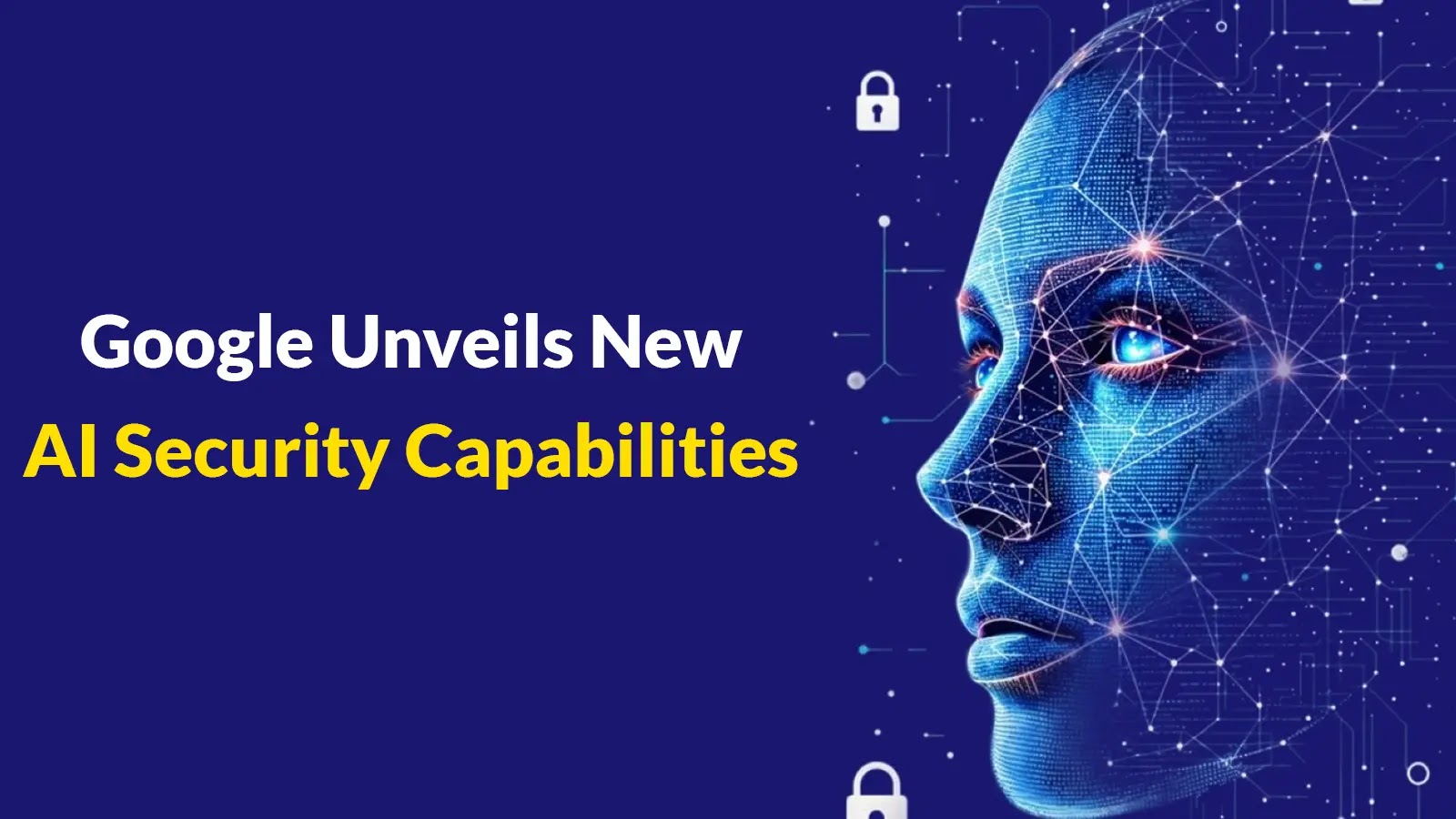
Google Announces New Capabilities for Enabling Defenders and Securing AI Innovation
Google’s Strategic Leap: Empowering Defenders and Securing AI Innovation
The landscape of enterprise cybersecurity is undergoing a profound transformation, driven by the pervasive integration of Artificial Intelligence. As organizations increasingly leverage AI for innovation, the imperative to secure these advanced systems becomes paramount. Simultaneously, AI itself is emerging as a powerful ally for cybersecurity professionals. Google Cloud’s recent announcements at its Security Summit 2025, detailed by VP and GM Jon Ramsey, highlight this dual focus: fortifying AI innovation within enterprises and augmenting defensive capabilities with cutting-edge AI.
The Dual Imperatives: Securing AI and AI for Security
Google’s strategy is clear: address the unique security challenges posed by AI’s rapid adoption while simultaneously harnessing AI to enhance existing cybersecurity frameworks. This multi-faceted approach acknowledges that AI systems, from their data inputs to their model outputs and deployment environments, introduce new attack vectors and necessitate specialized protection. Concurrently, the sheer volume and complexity of cyber threats demand intelligent and automated defense mechanisms that only AI can effectively provide.
Enhancing AI Innovation Security
Securing AI innovations means implementing robust security controls throughout the AI lifecycle. This includes safeguarding the integrity and confidentiality of training data, preventing model poisoning, securing AI pipelines, and ensuring the responsible and ethical deployment of AI applications. Key areas of focus for Google Cloud likely encompass:
- Data Security for AI: Protecting the sensitive data used to train AI models from unauthorized access, manipulation, or leakage. This involves advanced encryption, access control policies, and data lineage tracking.
- Model Integrity and Robustness: Defending against adversarial attacks that attempt to manipulate AI model behavior or extract sensitive information. This includes techniques like differential privacy and homomorphic encryption where applicable.
- Secure AI Development Pipelines: Integrating security checks and best practices into the continuous integration/continuous deployment (CI/CD) pipelines for AI models, ensuring that vulnerabilities are identified and remediated early.
- AI Governance and Compliance: Establishing frameworks for responsible AI development and deployment, adhering to evolving regulatory requirements and ethical guidelines.
Empowering Defenders with AI-Driven Capabilities
Beyond securing AI, Google Cloud is significantly investing in leveraging AI to empower cybersecurity teams. This involves developing and deploying AI-powered tools and services that can significantly improve threat detection, incident response, and vulnerability management. Specific capabilities announced or implied in this domain include:
- Advanced Threat Detection: Utilizing machine learning algorithms to identify anomalous behavior, zero-day exploits, and sophisticated persistent threats (APTs) that traditional signature-based systems might miss.
- Automated Incident Response: AI can analyze security alerts, prioritize incidents, and even recommend or execute automated response actions, drastically reducing mean time to detect (MTTD) and mean time to respond (MTTR).
- Vulnerability Management and Remediation: AI can assist in proactively identifying potential vulnerabilities in systems and applications, predict exploitation likelihood, and suggest remediation strategies.
- Security Operations Center (SOC) Augmentation: AI-powered tools can reduce analyst fatigue by automating repetitive tasks, correlating vast amounts of data, and providing actionable intelligence, allowing human experts to focus on complex investigations.
The Future of Enterprise AI Security
Google’s commitment to both securing AI innovation and employing AI for defense marks a pivotal moment in cybersecurity. As organizations continue to embrace AI, the need for integrated security solutions that understand the nuances of machine learning and large language models (LLMs) will only grow. These new capabilities from Google Cloud represent a proactive step towards building more resilient and intelligent defense mechanisms against an increasingly sophisticated threat landscape. The strategic alignment of AI as both a critical asset to protect and a powerful weapon for protection will define the next era of enterprise security.





